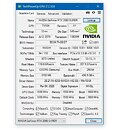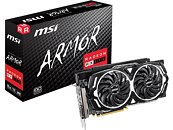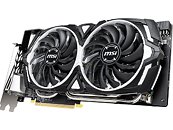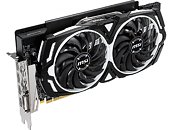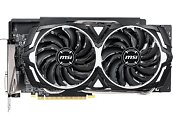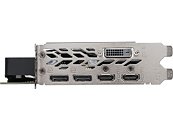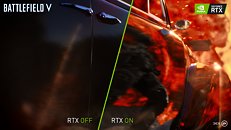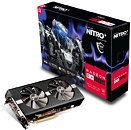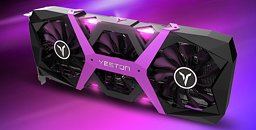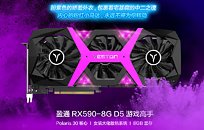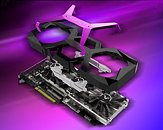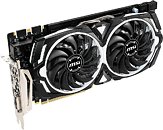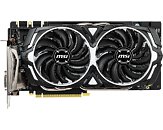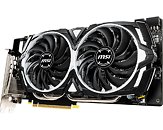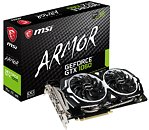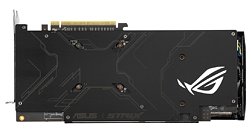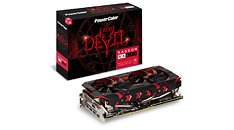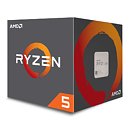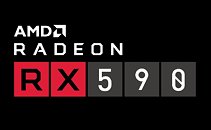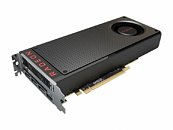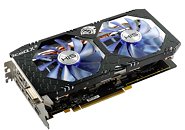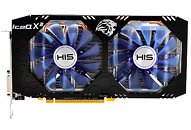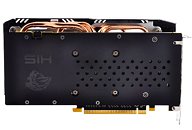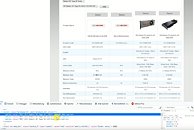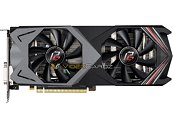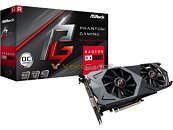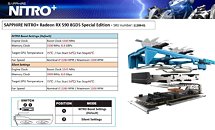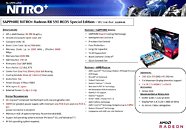
AMD Reportedly Prepping Special Radeon RX 7900 GRE Model for Chinese Market
A reference to an unreleased Radeon RX 7900 GRE GPU specced with 16 GB of VRAM appeared on distributed computing platforms last month. The unusual GRE acronym was a little bit puzzling, but ITHome has recently discovered that this could be the successor to an older GME (Golden Mouse Edition) card. AMD's Radeon RX 590 GME design was released back in March of 2020 to celebrate the year of the Rat or Mouse.
The Chinese zodiac sign for 2023 is the rabbit, hence AMD preparing a Golden Rabbit Edition (GRE) for that territory. ITHome proposes that this Radeon RX 7900 non-XT model could field a cut-down version of Team Red's Navi 31 GPU—with its Compute Unit count possibly reduced slightly below the standard 84 CUs, while an allocation of 16 GB of GDDR6 video memory gets coupled to a 256-bit interface (down from the XT's 20 GB and 320-bit). The short report does not provide any release date information or detailed specifications/features, but we can assume that the GRE is highly likely to arrive within the year it is intended to commemorate.
The Chinese zodiac sign for 2023 is the rabbit, hence AMD preparing a Golden Rabbit Edition (GRE) for that territory. ITHome proposes that this Radeon RX 7900 non-XT model could field a cut-down version of Team Red's Navi 31 GPU—with its Compute Unit count possibly reduced slightly below the standard 84 CUs, while an allocation of 16 GB of GDDR6 video memory gets coupled to a 256-bit interface (down from the XT's 20 GB and 320-bit). The short report does not provide any release date information or detailed specifications/features, but we can assume that the GRE is highly likely to arrive within the year it is intended to commemorate.





